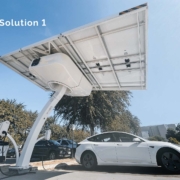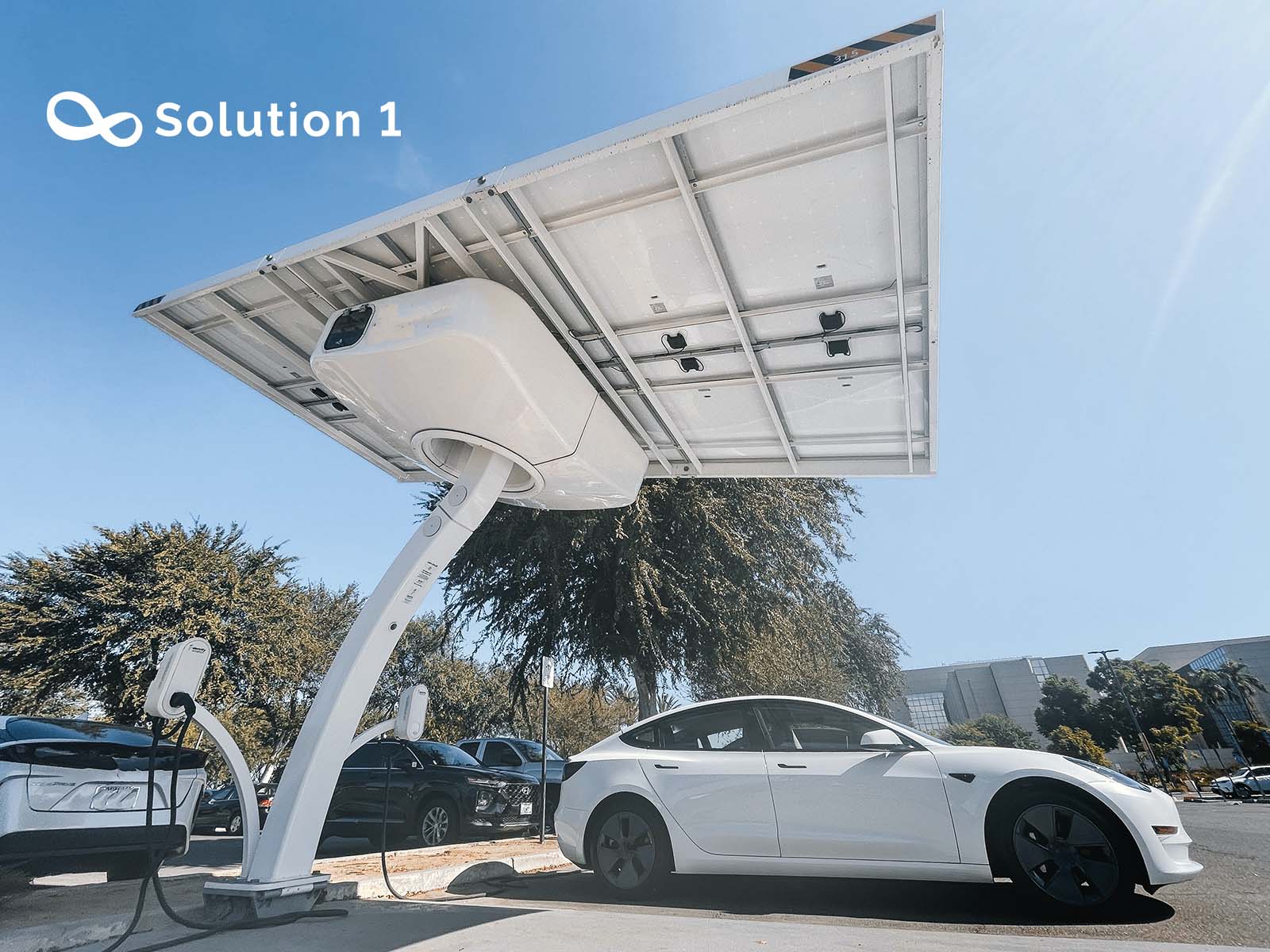Requirements for the EV charging stations are experiencing rapid growth.
- EV technology has increased the social and economic benefits
We are facing pressure on fossil fuels, so many countries in the world are moving towards sustainable, reliable, efficient, and economic. EV technology has increased the social and economic benefits in both the transportation and energy sector over the past few years, such as effectiveness of renewable energy technologies, new technology of electric motors and electronic control systems, and the new technology of Vehicle-to-Grid to our life.
“According to Gartner, to foster the transition to EVs, automotive manufacturers will have to address several factors such as lowering the price of EVs and batteries, recycling EV batteries, offering a wider selection of vehicle models with more extensive driving range and improving charging infrastructure.”
In practice, using for charging should be as simple as petrol or diesel. Everyone should be able to access convenient and affordable charging, no matter where they live.
Major electric vehicle early adopters, most of the EV owners are spending much time charged at home, because it is generally easier for people to use. In many countries where people drive to work, workplace or destination charging stations are the other options. Public charging stations are also the options when people may be used for longer trips or in irregular circumstances, and are popular in public policy.
- More private businesses operate charging stations for electric vehicles
Nowadays, more private businesses operate DC fast-charging stations for electric vehicles, providing between 60-200 miles of range in 20-30 minutes, which is very important that can decrease charging time directly, different EV charger types affect people to use in public charging stations.
“According to Gartner, a major issue that must be addressed is lack of fast-charging availability for home and public charging,” said Davenport. “Utility providers will need to increase their investments in smart grid infrastructure to cope with the growing consumption of electricity. Additionally, to meet climate change ambitions, countries which utilize fossil fuels to generate electricity will need to redesign their power generation to respond to the transition.”
As we can see, there needed to be more market opening so that encourages private businesses to operate public charging stations for charging infrastructure increases. Charging infrastructure costs can be shared across many interested stakeholders. Electric power utilities, private charging companies, automakers, and property owners each have roles in developing the charging infrastructure network. It is important that each area and the within each charging station are well distributed to ensure that the public is well served.
We may think over sharing home charge points being a service, such as 7kW chargers or 22kW chargers to help EV owners. On the other hand, software companies develop new era solutions and applications for controlling home charges and other energy services, so people can benefit from smart charging systems.





